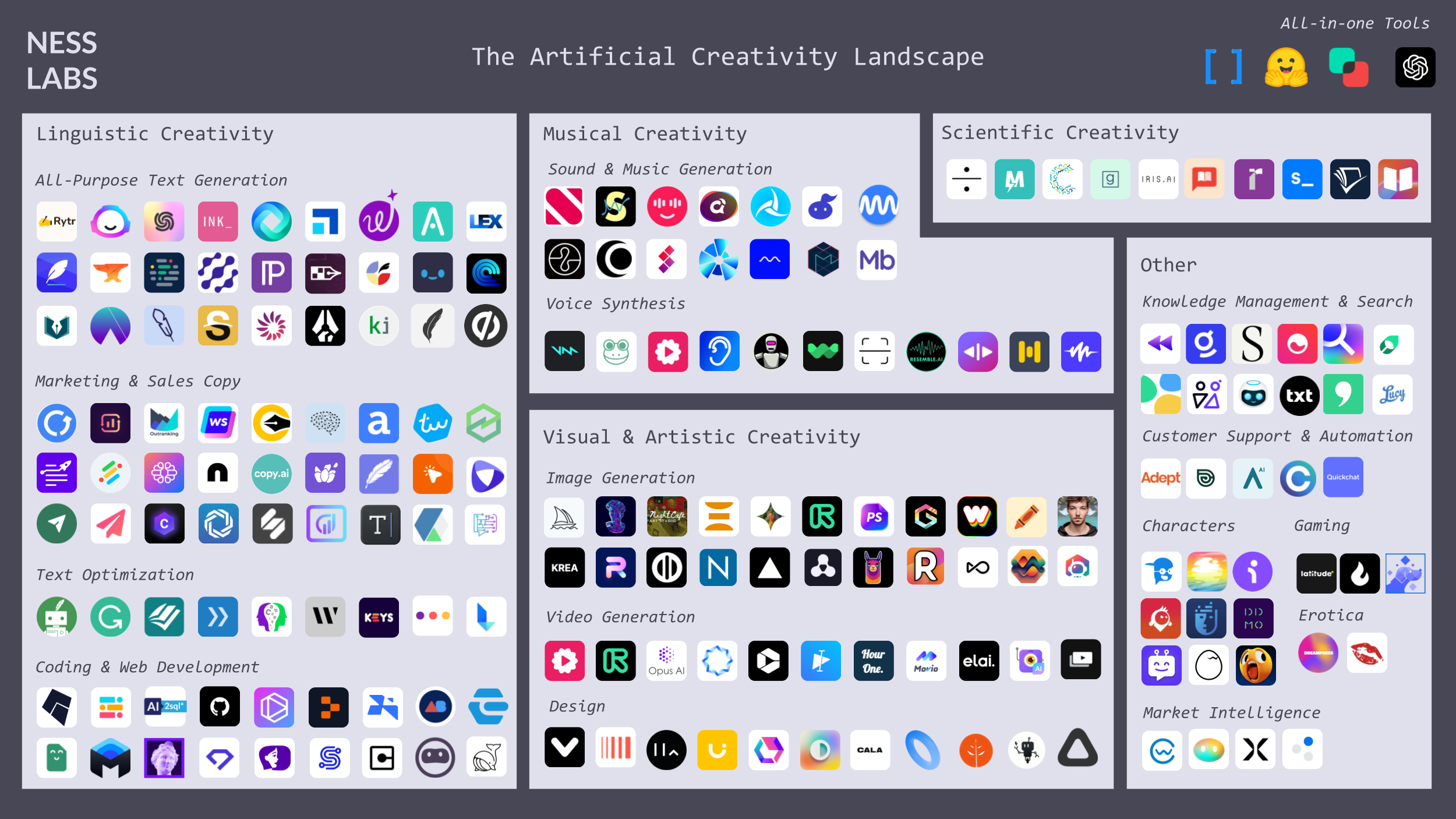
But they don’t have to.
I don’t mean your Annual Meeting, of course. If that sucks, you have MUCH bigger problems. I mean those 2 hour snooze-fests where 50% of your staff sits there on Zoom/Teams/WebEx “multitasking” with their cameras off, while one person blathers on and the other 50% thank The Powers That Be that they were spared attendance.
And this problem has gotten MUCH worse since the pandemic, with the ease of scheduling virtual meetings and everyone’s increasing comfort with video conferencing tech.
A few of my favorite tips to help your meetings ROCK!
- Informational meetings. DO NOT have them. I mean it! If you don’t have questions to ask that require the active participation of multiple people to answer, send a memo. Send an email. Start a Slack thread. Send a gorilla-gram. But DO NOT send a meeting invitation! “This meeting could’ve been an email”? DO NOT PASS GO, DO NOT COLLECT $200.
- Participants. Have the right people – and ONLY the right people – in the Zoom room. Do you have more than one representative per department involved? Unless there’s something truly unique about their individual perspectives, maybe don’t invite both of them. Don’t invite people just to cover your ass, or so their feelings won’t be hurt. Their feelings will be MORE hurt by spending 30+ hours a week in meetings they didn’t need to attend in the first place.
- Agenda. Have one. Even if it’s a regularly scheduled meeting. Especially if it’s a regularly scheduled meeting, which tend to quickly devolve into informational meetings. In fact, if it’s a regularly scheduled meeting and you have no agenda, CANCEL IT. And if your agenda has more than about three items per hour of scheduled meeting, you need to cut back, because you will NOT get through everything. And think twice before scheduling a meeting that’s more than an hour. People can’t concentrate for that long.
- Questions. Remember the no informational meetings rule? You should walk into any meeting with a list of questions you need the group you’ve gathered to discuss and, perhaps, answer. After all, if you’re just conveying information, you sent a memo, right? And if you just need one person’s thoughts, you went to that person and talked to her directly, right?
- Listening. Who should do the majority of the talking? If you say, “Me Me Me! It’s all about me!”, review the above point. You’re there to ask questions and facilitate discussion. That means less talking, more listening. And make sure you’ve asked someone you trust to take notes, because it’s really hard to facilitate a discussion AND take good notes at the same time.
- Action Items. Gathering a bunch of people for an hour or two is expensive. Next time you’re sitting there online with your Brady Bunch squares, do a quick back-of-the-envelope calculation of the salaries+benefits (which are generally about 1/3 of salary) of yourself and all the other squares. Then ponder the opportunity costs for a moment – what ELSE could those people have been doing? You better make damn sure that when you leave, everyone knows what her marching orders are and when they’re supposed to be fulfilled. Sending a follow up email to all the meeting participants with “this is what we all agreed we’d do, this is who agreed to do each thing, and this is when we agreed it would be done by” earns you a gold star.
Got any favorite tips to convene like a rockstar? Share ’em in the comments.


